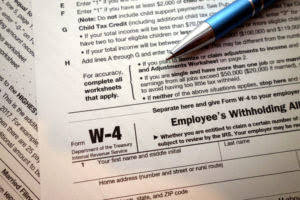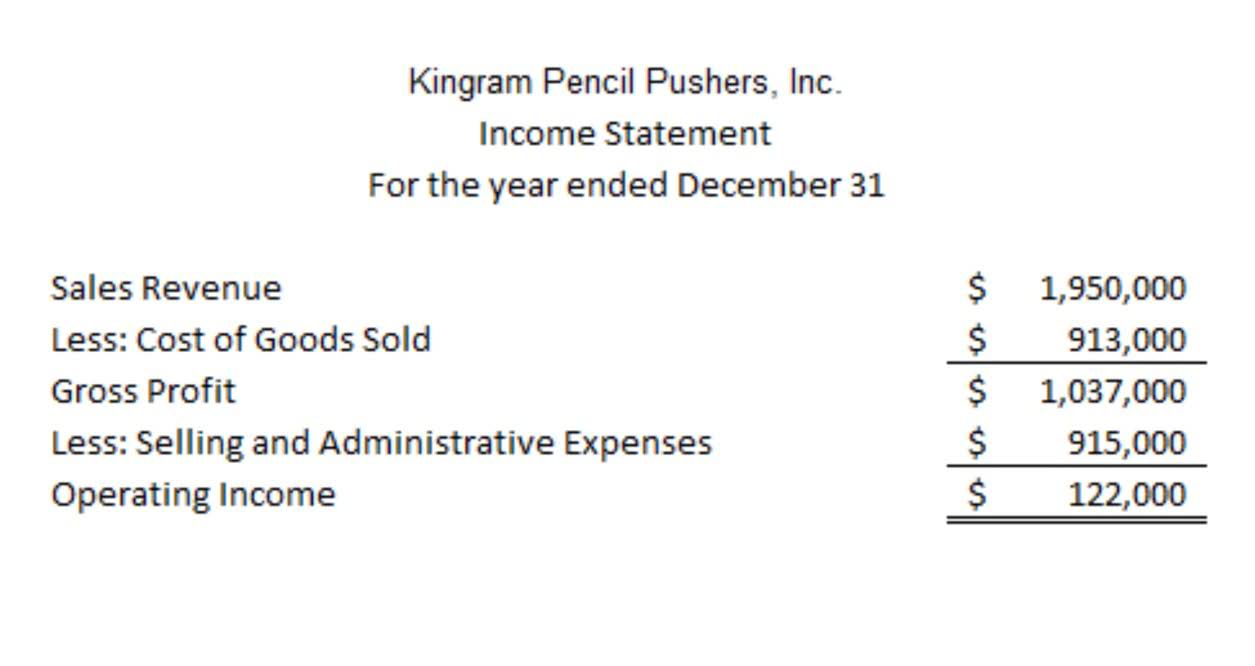Inventory Turnover Ratio Learn How to Calculate Inventory Turnover
Category : Bookkeeping

It’s important to maintain inventory levels by calculating how much the company sells and avoid dead stock which cogs your entire cash flow. Inventory turnover ratio measures how many times inventory is sold or used in a given time period. To calculate it, you must know your cost of goods sold and average inventory — metrics your inventory management software might be able to help you figure out. The inventory turnover ratio is an efficiency ratio that shows how effectively inventory is managed by comparing cost of goods sold with average inventory for a period. This measures how many times average inventory is “turned” or sold during a period.
- The following two companies develop and sell semiconductor chips for diverse applications like phones, cars, and computers.
- For example, a high inventory/material turnover ratio may lead to frequent stock-outs, the inability to provide adequate choices to customers, or a failure to meet sudden increases in demand.
- Some companies might buy manufactured products from different suppliers and sell them to their clients, like clothes retailers; meanwhile, other companies could buy pig iron and coke to start steel production.
- If you’ve used the inventory turnover ratio formula, and you know you need to improve your averages, we have several tips.
- Understanding and managing inventory turnover is vital to small business success.
- While high inventory turnover can mean high sales volumes, it can also mean that you’re not keeping enough inventory in stock to meet demand.
Interpreting Inventory Turnover Rate

The inventory turnover ratio is an efficiency ratio that measures the number of times a company sells and replaces stock during a set period, generally one year. While you shouldn’t base decisions solely on it, a high inventory turnover is generally positive and means you have good inventory control, while a low ratio typically indicates the opposite. It reports a net sales revenue of $75,000 and a gross profit of $35,000 on its income statement for the year 2022. The opening and closing inventory balances are $9,000 and $7,000 respectively. Calculate average inventory, inventory turnover ratio and average selling period for 2022. As a business owner or operations manager, knowing your inventory turnover ratio is crucial.

Date and Time Calculators
That means you’re efficiently moving your products without having them sit on shelves for too long. Advertising and marketing efforts are another great way to boost your inventory turnover ratio. Consider promoting products that have been sitting around for a while to consumers outside your established customer base.

Inventory Turnover Ratio: Definition, Formula & What It Means

Inventory turnover reveals how swiftly a company’s inventory moves out of its warehouse. Monitoring this ratio is crucial; if inventory remains stagnant for too long, it means tying up excessive funds and stock in unsold goods. The average inventory value is calculated by https://www.bookstime.com/ adding the inventory at the start of the period to the inventory at the end of the period, then dividing the sum by 2. Companies should regularly monitor and analyze their inventory turnover ratio to ensure it aligns with their business objectives and industry standards.
- That said, low turnover ratios suggest lackluster demand from customers and the build-up of excess inventory.
- This means the business sold out its entire inventory three times over throughout the fiscal year.
- Separating out long-term and short-term storage can improve a facility’s inventory turnover ratio, and even save some brands money in certain scenarios.
- Products with a short shelf life or that are subject to rapid technological advancements may require higher turnover ratios to minimise the risk of obsolescence.
- Similarly, the ratio can be calculated by dividing the company’s cost of goods sold (COGS) by its average inventory.
- This is because net profit includes indirect expenses that cannot be attributed to inventory or direct costs.
- Companies gauge their operational efficiency based upon whether their inventory turnover is at par with, or surpasses, the average benchmark set per industry standards.
Extremely high inventory turnover is often easier to fix than extremely low inventory turnover. Here are a few strategies that you can use to either order more inventory or make fewer sales. If you’re having trouble selling inventory which of the following is the formula used to calculate inventory turnover? quickly, the problem may be in pricing. Consider lowering the price to make them more accessible to a larger number of consumers. If you can’t do so, consider negotiating discounts with your manufacturer or supplier.

Inventory turnover as a financial efficiency ratio
- Maintaining an optimal ITR helps in reducing storage costs, decreasing the risk of product obsolescence, and boosting cash flow.
- For example, listed U.S. auto dealers turned over their inventory every 55 days on average in 2021, compared with every 23 days for publicly traded food store chains.
- All such information is provided solely for convenience purposes only and all users thereof should be guided accordingly.
- Conversely, the companies using LIFO cost flow assumption may have comparatively a higher ratio than others because the oldest inventory purchased at lower prices remain in stock under LIFO method.
